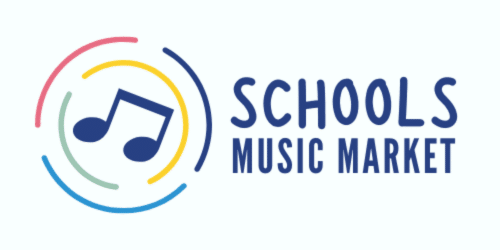Technology in Music Education: Embracing Innovation for Enhanced Learning and Musical Exploration
In today’s digital age, the integration of technology in music education is reshaping the landscape of learning. From interactive music apps to digital recording software and collaborative online platforms, technology offers exciting possibilities for students to engage, create, and expand their musical horizons. In this article, we will delve into the transformative power of technology in music education, exploring various tools and resources that revolutionise the learning experience.
Unlocking Musical Potential: Interactive Music Apps and Technology in Music Education
Interactive music apps have emerged as game-changers in music education, harnessing the power of technology to provide immersive and interactive learning experiences. These apps enable students to engage with music in innovative ways, offering virtual instrument simulations, music theory drills, and dynamic learning environments. By incorporating interactive music apps into the curriculum, educators can foster student engagement and deeper understanding, while nurturing a hands-on approach to musical learning.
The Digital Frontier: Digital Recording and Production Software in Music Education
Digital recording and production software have revolutionized the way students explore, create, and produce music. Through advanced software tools, students can dive into the realms of music production, recording, and composition. Technology in music education empowers students to unleash their creativity, experiment with sounds, and develop a profound understanding of the production process. By embracing digital recording and production software, students can express their musical ideas and produce professional-quality compositions.
Bridging the Gap: Virtual Instruments and MIDI Controllers in Music Education Technology
Virtual instruments and MIDI controllers serve as bridges between traditional and digital music education. These tools offer students access to a vast array of instrument sounds, allowing them to play virtual instruments on computers or tablets. MIDI controllers facilitate interaction with music software, enabling students to create expressive performances. By incorporating virtual instruments and MIDI controllers into music education, educators can provide students with diverse musical experiences and expand their sonic repertoire.
Unleashing Creativity: Online Music Notation Software and its Role in Music Education Technology
Technology in music education has simplified the process of writing and sharing musical scores. Online music notation software enables students to create, edit, and collaborate on compositions digitally. These tools enhance students’ understanding of music theory, notation, and composition. By embracing online music notation software, educators can facilitate collaborative music projects, foster creativity, and provide students with a platform to showcase their musical talents.
Mastering the Fundamentals: Music Theory and Ear Training Apps Powered by Technology
Music theory and ear training apps leverage technology to enhance students’ theoretical knowledge and aural skills. These apps offer interactive exercises, quizzes, and games that engage students in learning music theory concepts and training their ears. Technology in music education enables students to practice intervals, scales, chords, and rhythmic patterns in an engaging and interactive manner. By incorporating music theory and ear training apps into the curriculum, educators can facilitate personalized and self-paced learning experiences.
Expanding Musical Horizons: Online Music Libraries and Streaming Platforms for Educational Technology
Online music libraries and streaming platforms provide students with access to a vast collection of music across genres, cultures, and historical periods. Technology in music education allows students to explore and study a diverse repertoire of music, inspiring their appreciation and understanding of different styles and compositions. These platforms offer a wealth of resources for educators to incorporate diverse musical examples into their lessons, enriching the learning experience.
Breaking Barriers: Collaborative Online Platforms Revolutionising Music Education Technology
Collaborative online platforms bring together students, educators, and musicians from different locations, fostering virtual music collaborations and remote learning experiences. These platforms facilitate music projects, composition sharing, and feedback exchanges, transcending geographical boundaries. Technology in music education empowers students to engage in virtual ensemble performances, songwriting collaborations, and interdisciplinary projects. Collaborative online platforms promote teamwork, communication, and creativity, revolutionizing music education’s possibilities.
Embracing the Digital World: Online Resources for Technology in Music Education
The internet offers a wealth of online resources dedicated to technology in music education. Educational websites, blogs, and forums provide valuable insights, lesson plans, and tutorials on integrating technology into music classrooms. Educators can explore these resources to discover innovative teaching strategies, technology tools, and best practices in music education. By staying informed and connected through online resources, educators can continuously enhance their pedagogical skills and harness technology’s potential to transform music education.
In conclusion, technology in music education presents unparalleled opportunities for students to engage, explore, and excel in their musical journeys. By embracing interactive music apps, digital recording software, virtual instruments, online music notation tools, music theory and ear training apps, online music libraries, collaborative platforms, and online resources, educators can unlock the full potential of technology in music education, nurturing a new generation of passionate and well-rounded musicians.
For resources to support your music classroom click here to browse the full list.



